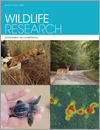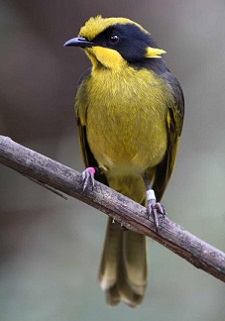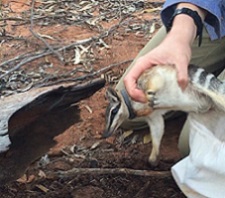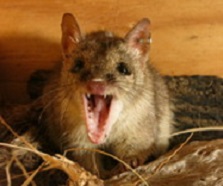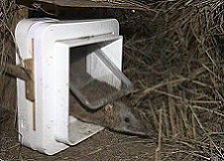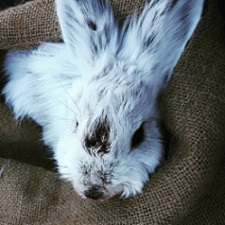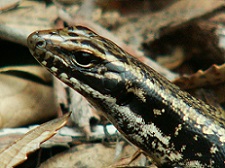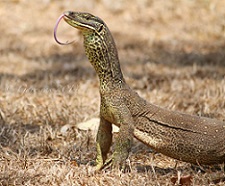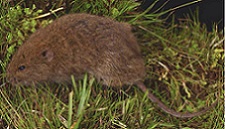WR19129A systematic review of ground-based shooting to control overabundant mammal populations
 , David M. Forsyth, Stephen Harris, A. David M. Latham, Steven R. McLeod and Anthony Pople
, David M. Forsyth, Stephen Harris, A. David M. Latham, Steven R. McLeod and Anthony Pople
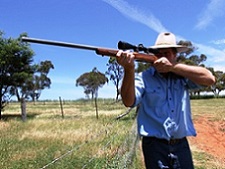
Management programs aiming to reduce densities and impacts of mammal populations often use ground-based shooting to kill animals. We conducted a systematic review of the literature to assess the effectiveness of ground-shooting as a management intervention. Case studies showed that shooting was used in a wide range of situations. Operations that used commercial wildlife-management contractors or government-agency shooters were more likely to meet their objectives than were those that relied on unpaid shooters such as volunteers or recreational hunters. We present recommendations to help wildlife managers improve the likelihood of operational success when using ground shooting as a population control tool. Photograph by Peter West.


